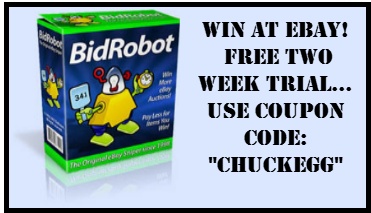| Summary: SPF Suntan Lotion: What do the SPF numbers mean on the suntan lotion bottles? |
Sunscreen Protection Factor (SPF), Sunburn
Remember when you used to go to the beach, slather on a layer of baby oil, and recline with your foil reflector? Now, when you look in the mirror you might see the wreckage, with the fine lines and hyper-pigmentation caused by years and years of basically frying yourself under the sun. Or maybe you’re one of the millions of truly unlucky Americans for whom this behavior resulted in skin cancer (of which one American dies of skin cancer every hour). Whatever the reason, most people have come to realize the importance of sunscreen to preserve their youthful appearance and lower their risk of skin cancer. But there are a few things you should know before you hit the beach – such as the beach may not be the only place you should be using sunscreen.
When purchasing a sunscreen, make sure to look at its Sun Protection Factor, or SPF. The way to determine the right SPF for you is to take the amount of time you usually can stay in the sun and multiply that by 10. For instance, if you can usually stay in the sun for 15 minutes until you start to burn and you buy a sunscreen with an SPF of 20, you can then stay in the sun for five hours. But that’s only if you remember to reapply it after swimming or working up a sweat playing volleyball or going for a run. And even if it says that it’s “waterproof and sweat proof” most doctors will tell you that you still need to put more on as nothing out there, regardless of the claims on the bottle, will really stand up to salt water, chlorine, or a good sweat.
When a lot of people purchase sunscreen, they err on the side of caution and purchase one of the higher SPFs, which can go as high as 60. Others, especially those who still think of a bit of a tan is “attractive” or even “healthy,” will totally underestimate the SPF they really need. But there are ways to take the guess work out of all the numbers. At www.howstuffworks.com one can purchase a reusable credit card sized UV monitor so the proper SPF can be used (it can also be used to actually test the sunscreen for potency and accuracy by smearing some on the card, to test sunglasses, or anything else that emits UV rays)


